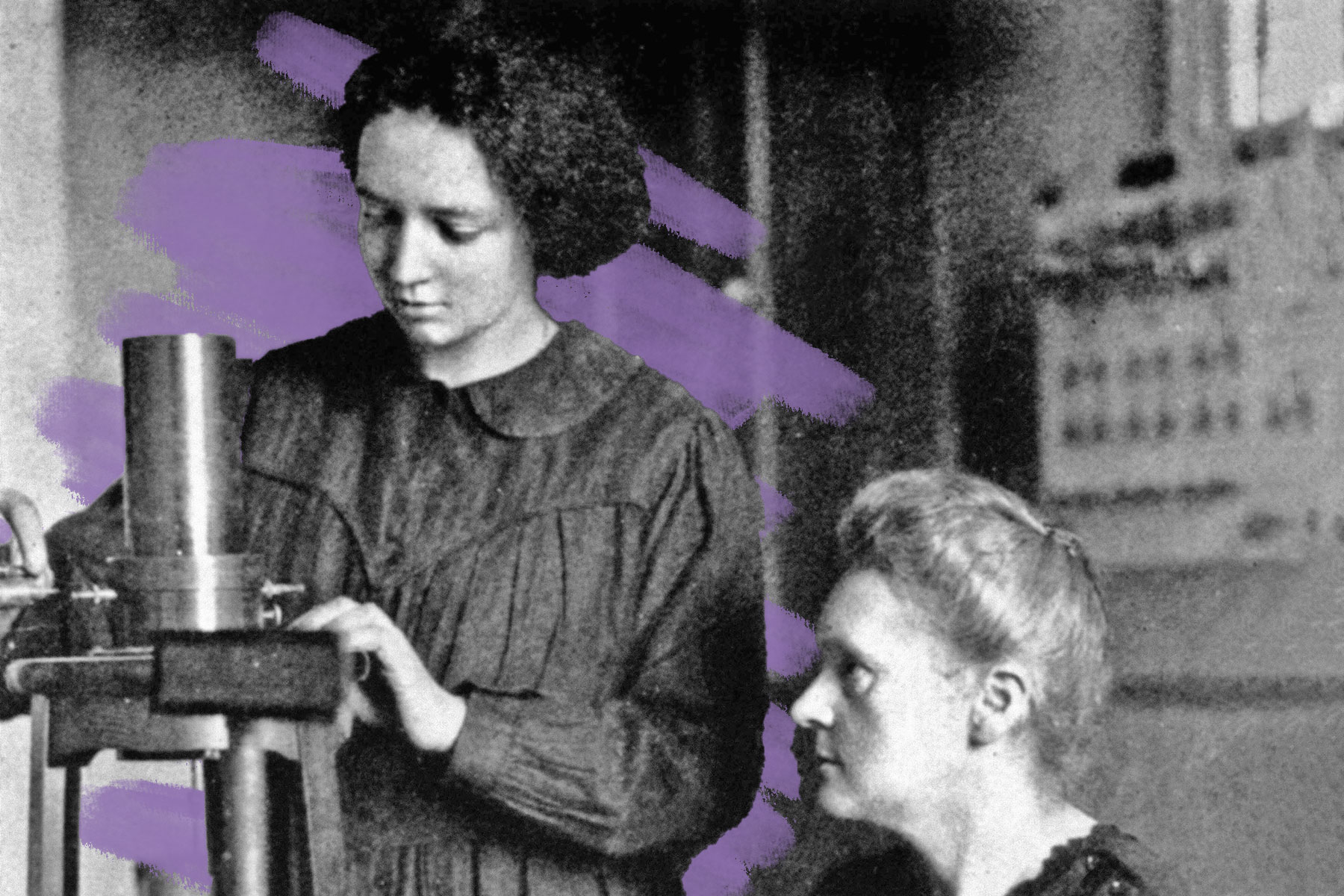Marie Curie’s daughter also won the Nobel Prize.
In 1903, Marie Curie won the Nobel Prize in physics for her study of radioactivity, including the discovery of the elements radium and polonium. She shared the award with her husband, physicist Pierre Curie, and engineer Henri Becquerel. The Curies’ aptitude for science seems to have been hereditary, because in 1935, their daughter Irène Joliot-Curie also won the Nobel Prize, in chemistry, for her own study of radioactive elements. Like her mother, Joliot-Curie shared the prize with her husband, physicist Frédéric Joliot-Curie.
Irène and Frédéric developed a technique for inducing artificial radioactivity in previously nonradioactive elements, a breakthrough that had widespread ramifications. Scientists were better able to observe the behavior of atoms as they underwent radioactive decay, which led to new insights into atomic structure and nuclear physics. In medicine, radioactive iodine prepared using the Joliot-Curies’ methods became a key means of treating thyroid diseases, and the ability to easily produce radioactive material at a commercial scale was essential to the development of new cancer treatments. In the years following her Nobel Prize win, Irène followed in her mother’s footsteps once more; in 1946, she became the director of the Radium Institute in Paris, where Marie ran her own laboratory for 25 years.







